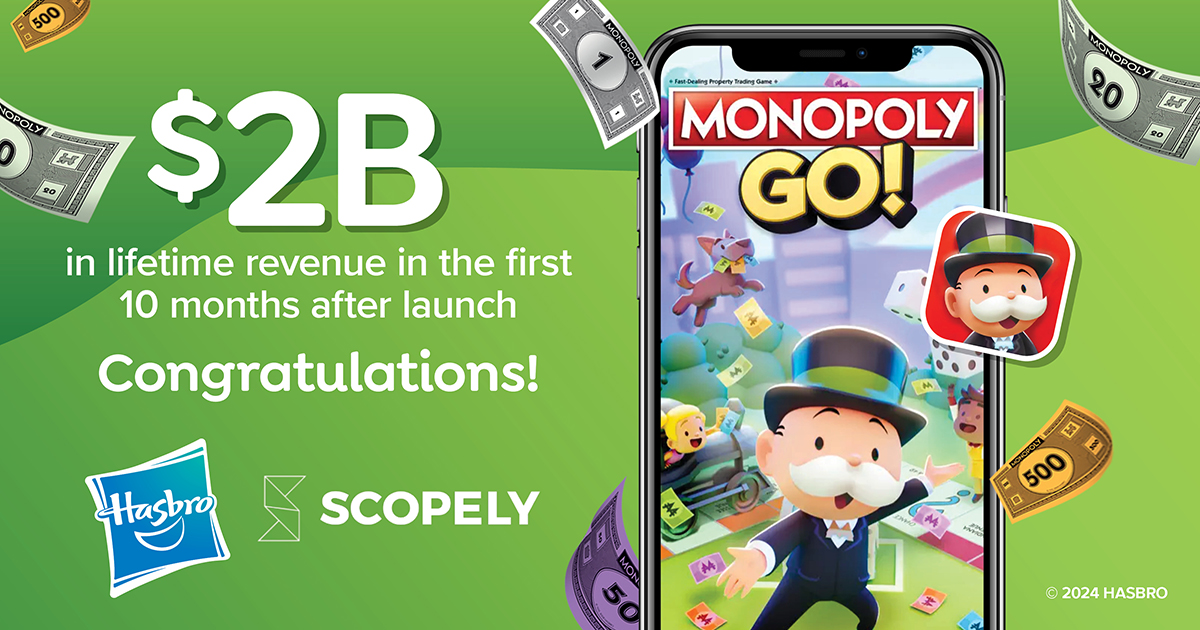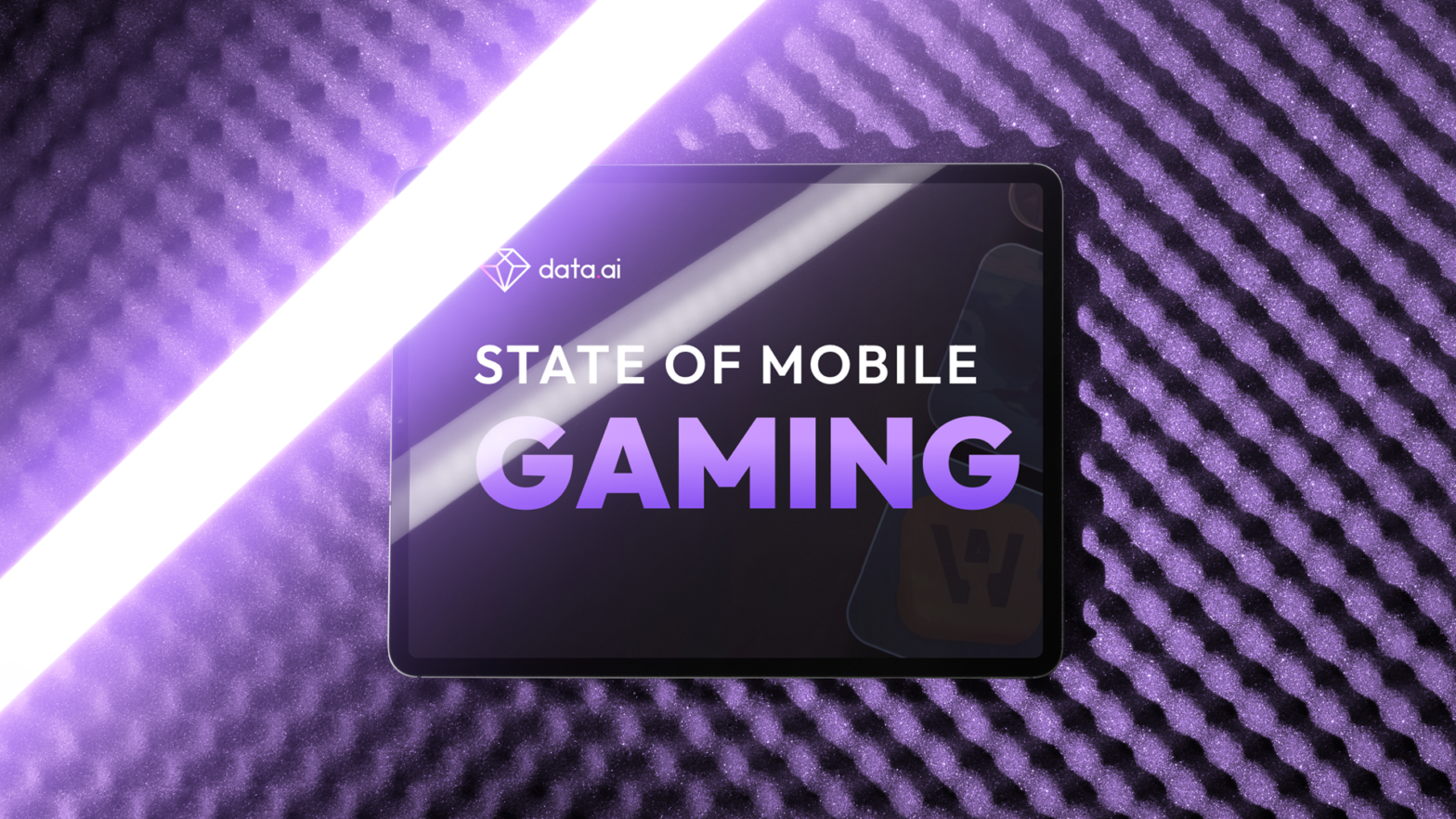In this article, based on their research, IronSource discusses the history of the hyper-casual game industry’s emergence, development, and continued existence. Also, Nadav Ashkenazy, SVP and GM at Supersonic, shares his perspective on the hyper-casual genre and his vision for its future.
Read the original IronSource article here.

Evolution of the hyper-casual industry
If you trace the genre’s history back to 2013, the year Flappy Bird was published. It was the first project to showcase the characteristics of the hyper-casual genre: short levels and simple and accessible gameplay.
From 2013-2016, most hyper-casual games scaled through cross-promo campaigns and organic installations. Through paid user engagement, developers managed to develop hyper-casual games similar to other genres. Although the low LTV compared to casual or mid-core games, hyper-casual products proved profitable.
Over the next few years, especially after 2017, sub-genres emerged in the hyper-casual industry. For example, 2019 saw the emergence of ASMR hyper-casual games, and 2021 was the year of trending concepts based on TikTok.
Side note: According to IronSource, Generation X makes more in-app purchases.
As these games evolved, so did the depth of content. The first hyper-casual games were characterized by an endless loop focused on simple and repetitive gameplay.
As sub-genres and new concepts emerged, complex level structures emerged, the amount of content increased, and further development avenues opened up. In addition, meta-features — providing skins as a reward for progress rather than as a standard way to monetize — added another level of difficulty and depth to the core gameplay cycle.
As hyper-casual games evolved, so did the development, monetization, and marketing processes:
- Development. Accelerated development timelines, quality execution, and accurate tools and approaches to predict market appeal;
- Monetization. In-depth meta, more monetization options, more in-app purchases and reward videos, optimized retention and LTV at later stages, more variety of A/B tests;
- UA. LTV prediction up to day 180, granular bids based on user quality and access to advanced creative optimization options.
Hyper-casual games drive mobile market growth
Today, the hyper-casual games market generates $2-$2.5 billion in revenue. It reaches 17 billion installations per year, of which 1.8 billion come from the U.S. This amount of income and scale is driving the growth of the mobile market.

This is because as hyper-casual games have grown in popularity, other genres have relied on hyper-casual offerings in their UA campaigns rather than social media channels. 20% of installations of casual and mid-core games on SDK networks today come from ads displayed in hyper-casual games, and 51% of apps that advertise hyper-casual products are IAP-based games.

Hyper-casual advertisers account for 30% of the video ads displayed on SDK networks — more than any other genre. Advertisers in the hyper-casual genre get 30% of the video ads shown on SDK networks, which is also more than any other genre.
As the success of games in other genres is intertwined with the success of hyper-casual games, such products are becoming fundamental to the growth of the entire mobile market data on installs and ads show that this is not just a correlation but a causal relationship.
The future of the hyper-casual genre
The future of the hyper-casual industry is divided into two themes:
- Short-form entertainment will support increased demand for hyper-casual games from users;
- Hybrid casual games will become a new category based on the hyper-casual genre.
Short-form content attracts hyper-casual users
The demand for short-form entertainment is higher than ever. Look at the popularity of TikTok, Instagram Reels and YouTube Shorts. This is the type of content that hyper-casual games provide, so these products will only grow in popularity.
However, as costs rise and LTVs need to increase, a new category will emerge alongside hyper-casual games: hybrid casual games.
The emergence of the hybrid casual genre
This genre retains the fundamentals of traditional hyper-casual games:
- Quick prototyping;
- Simple and engaging gameplay;
- Emphasis on high marketability;
- Short sessions.
The genre introduces in-depth gameplay, IAP addiction and advanced LiveOps. With a hybrid monetization strategy, these games get the best of both genres:
- Ad-based monetization for fast, high-converting revenue;
- In-game purchases to increase retention and LTV.
As the hyper-casual genre evolves with the market, growth will only increase and continue to drive the mobile industry forward.

1,908













 3 minutes
3 minutes







 1 minute
1 minute


